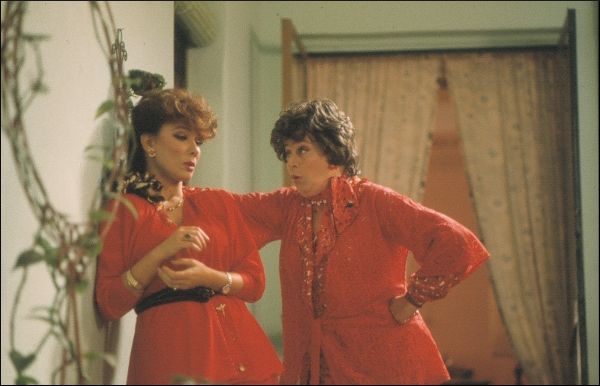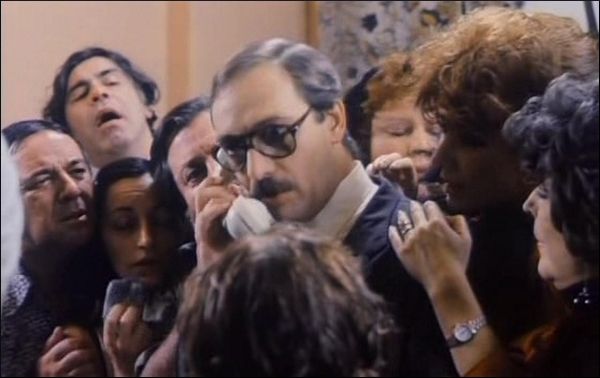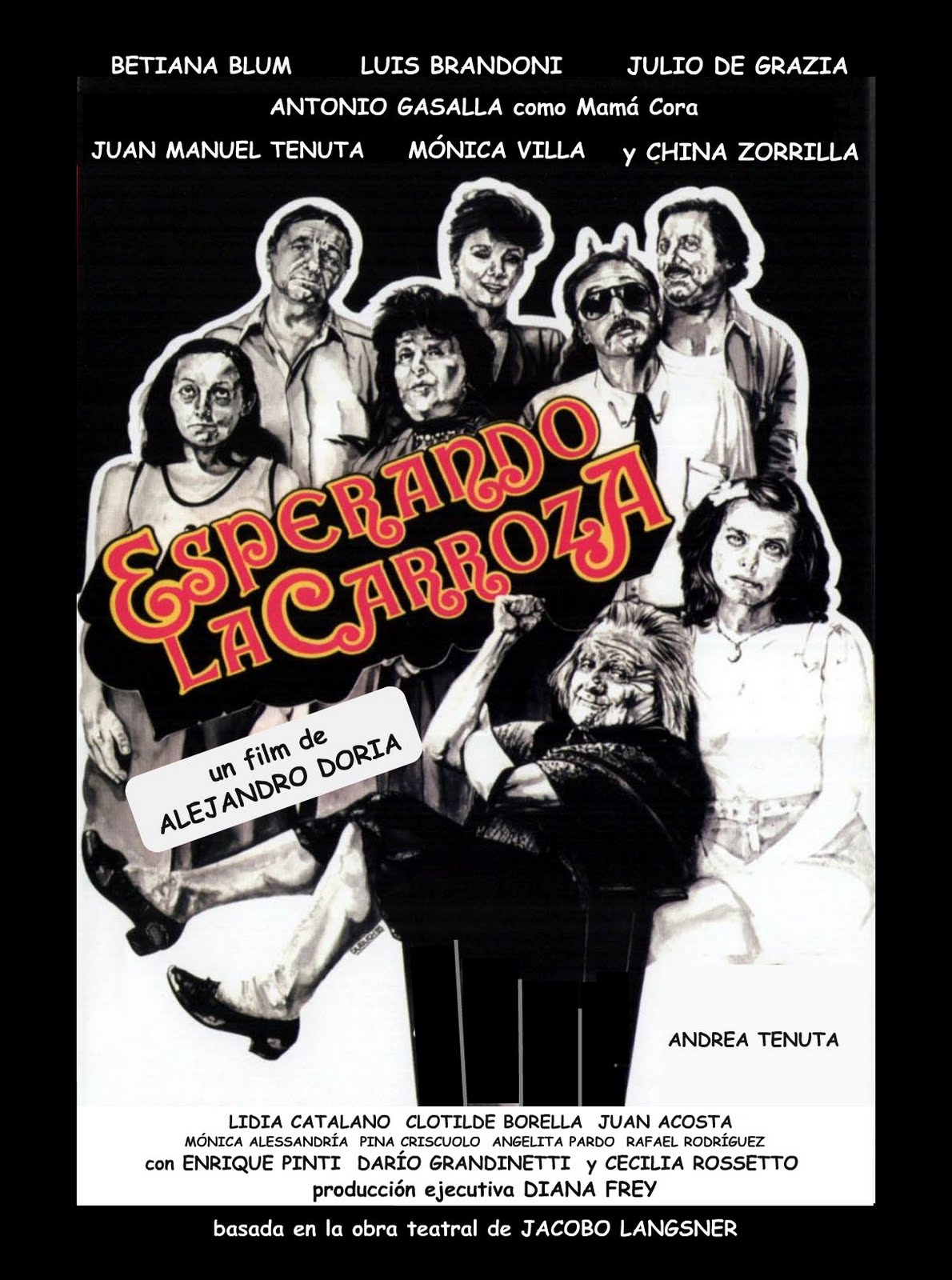Completely unknown outside its home country, Esperando la carroza is one of the few local films unanimously beloved by all Argentines. Which is no small feat, given that Argentines tend to dislike their own movies. But this comedy classic, released in 1985, is an exception to the rule, and to this day, it is quoted and referenced even by members of a newer generation who weren’t even alive when it premiered.
"Esperando la carroza is one of the few local films unanimously beloved by all Argentines."
One of the reasons for the movie’s popularity is its furious, rapid-fire dialogue, and its aggressive, loud humor. Already in the first scene, a baby cries in a neglected lower class home, while Susana, her desperate mother, changes her diapers. While she does this, Susana also has to cook for her family, argue with her husband, and prevent her mother-in-law, Mamá Cora, from breaking anything inside the house. The situation explodes when Mamá Cora, tired of feeling like a useless old woman, decides to help by making “flancitos,” a typical Argentine dessert. Unfortunately, she uses mayonnaise as one of the ingredients by mistake, effectively ruining the recipe and wasting “eight eggs, liters of oil, liters of milk, salt, mustard, and tons of sugar,” as Susana laments at the top of her lungs. When Mamá Cora, who has walked away from the kitchen, starts farting in an adjacent hallway, Susana cracks and screams in a moment of existential anguish.

Now, this could be something out of a tragic drama about the working class, except it’s played for laughs. Esperando la carroza portrays situations ripped from everyday reality with enough humor and absurdity to keep them from becoming unbearable. The title means “waiting for the hearse,” a reference to Mamá Cora and her three sons, who are essentially counting down the days until she dies; a very depressing idea, which the movie miraculously makes funny. The same day Susana screams about the “flancitos,” there is a family reunion, and all three brothers, along with their wives, get together to discuss life, money, and the future of Mamá Cora. Quite explicitly, each of the three couples represents a different social class: Susana and Jorge are the poorest, Nora and Antonio are the richest, and Elvira and Sergio fall somewhere in between. Sparks fly between them all in hilarious ways.
"These obviously stereotypical characters provide a blueprint for what Argentines think of each social class."
Another key to the film’s homegrown fame is the attention to detail in both language and setting. Susana’s house is worn down. The kitchen is dirty and smudged, and elsewhere, the walls are grey and unadorned. When we move to Elvira’s home, we find hints of a middle class dream of wealth. Fading curtains with kitschy flower prints; glasses, vases, and other china lined on bookshelves; and an assortment of ridiculous ornaments scattered around the living room, from tiny cups hung on the walls to a strange, cheap-looking replica of an antique car. The whole place reeks of bad taste and pretension. We don’t see much of Antonio and Nora’s richer house, but the couple exudes disdain for the poorer members of the family. Nora dresses impeccably, with a red coat crossed with black fur; while her husband dons a formal suit and sports what in Argentina is known as a “right-wing mustache,” like the one worn by Jorge Rafael Videla, de facto president during the last military dictatorship. Both of them speak in affected tones, even slipping into English sometimes – “Thank you very much,” says Nora at one point – to mark their economic status. They also hide their emotions under a calm, diplomatic surface. The others, especially Elvira and Susana, are louder and more sincere, though Elvira tries desperately to conceal her temper. These obviously stereotypical characters provide a blueprint for what Argentines think of each social class.





